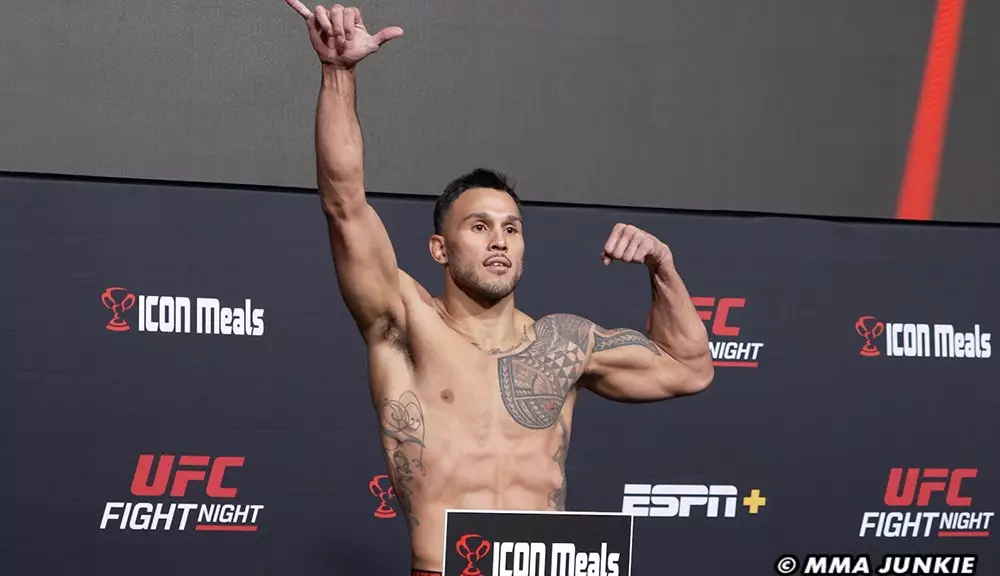In the world of mixed martial arts (MMA), the UFC stands as the premier organization, drawing significant attention and immense financial backing. With fighters often cited as the backbone of this entertainment powerhouse, an analysis of their compensation through the UFC Promotional Guidelines Compliance (PGC) is imperative. The UFC Fight Night 244 event and its associated pay structure serve as a case study illustrating both the financial support for its athletes and overarching concerns regarding equity and transparency.
The UFC instituted the PGC to replace its previous Athlete Outfitting Policy, with the PGC encompassing outfitting requirements, media obligations, and various stipulations aligned with a fighter’s conduct code. This comprehensive framework aims to ensure that fighters not only meet brand expectations but also receive adequate compensation for their participation. At UFC Fight Night 244, a total of $186,000 was distributed among fighters—a notable figure indicative of the organization’s broader payout strategy.
Notably, the PGC system uses tiered compensation based on a fighter’s experience, measured by their total UFC and historical fights in Zuffa-era promotions. Fighters with only a few appearances earn significantly less than those who have accumulated more extensive fight records. For instance, athletes with 21 fights or more secure $21,000 per appearance, while those new to the UFC will receive a modest $4,000. While this approach rewards experience, it begs the question: does it adequately account for the skills and sacrifices of lesser-known fighters?
Breaking down the payouts from UFC Fight Night 244 offers valuable insights. A diverse range of fighters received differing amounts—Brandon Royval, for instance, took home $6,000, while title contenders such as Daniel Rodriguez and Grant Dawson secured $11,000 each. Christopher “Chidi” Njokuani’s pairing against Jared Gooden resulted in a payout of $6,000 each through their fight arrangement. Meanwhile, champions are rewarded substantially more, receiving $32,000, with title challengers earning $42,000, signaling the gravity of championship status.
The tiered payment structure lends itself to concerns about equality within the sport. While rewarding athletes for cumulative fighting experience holds merit, it can inadvertently create disparity among fighters. Established names may comfortably secure their financial future, while less recognized athletes struggle with lower payouts despite their efforts and the entertainment value they provide.
Moreover, royalty payments from UFC merchandise, ranging from 20% to 63% of sales showcasing a fighter’s likeness, promise a long-term financial benefit. However, dependence on merchandise sales introduces its own set of challenges, as the commercial viability of a fighter’s brand can fluctuate wildly with market trends and fights won or lost.
The financial model adopted by the UFC creates a dual-faceted view: on one hand, it showcases the organization’s commitment to its athletes, providing structured payments that can generate substantial earnings for seasoned fighters. Conversely, it raises critical discussions regarding equity in payouts, particularly for athletes striving to gain a footing in a hyper-competitive landscape.
Comparative reports on UFC payouts from different events further highlight discrepancies. For example, while UFC Fight Night 244’s total payouts were $186,000, other events showcased staggering amounts exceeding $400,000. These figures prompt core questions about the allocation of resources and the sustainability of financial support across the organization; they also compel observers to reflect on how the UFC balances high-stakes events against lesser-known fights.
The UFC’s growing influence and financial viability continue to raise vital questions about fairness and transparency. As fighters absorb the costs and pressures of competition, the UFC’s operational approach remains an ongoing concern demanding scrutiny. Ultimately, as the organization evolves, fostering a system that supports its athletes while promoting equitable compensation could define its legacy in the world of combat sports.

